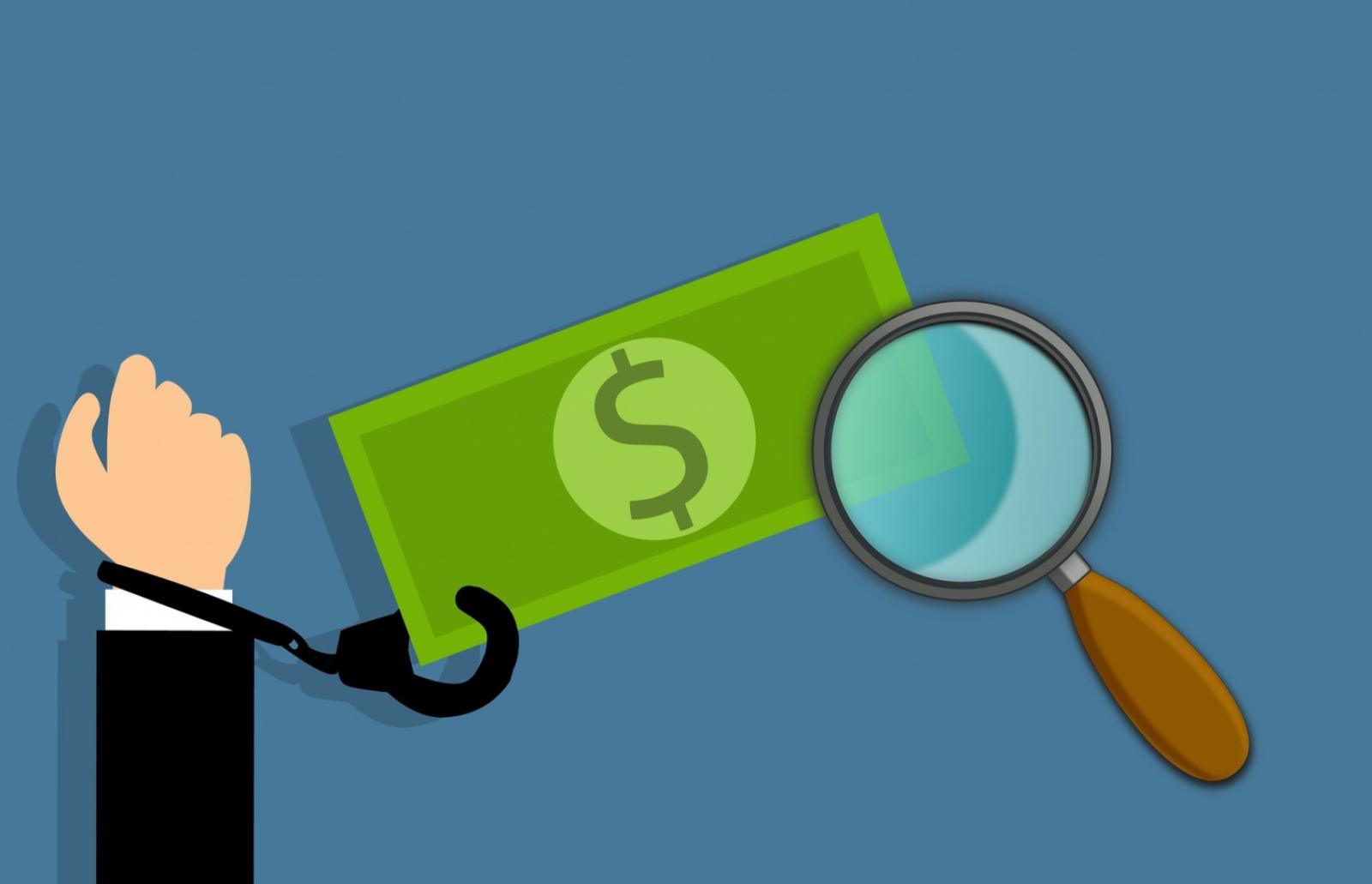 d3sign/Getty Images
d3sign/Getty Images
Investors who have held onto long-term bonds throughout the past few years might finally have their chance at seeing gains in a lower interest rate environment. Rate cuts by the Federal Reserve could push long-term bond prices higher after a period of declining values.
However, as exciting as falling rates may seem, it’s crucial to maintain a diversified portfolio. Unexpected events — from economic shocks to potential rises in inflation down the line — can disrupt bond performance. For example, Trump’s election that sent bonds tumbling.
Here’s a look at how lower rates from the Fed impact bond investors and what you should know.
How lower rates impact bond investors
Monetary policy — specifically, actions by the Fed to tame inflation or stimulate economic growth — has a direct influence on interest rates and, therefore, bond prices.
When interest rates rise, bond prices tend to fall. This happens because new bonds are issued with higher interest payments, making them more attractive than existing bonds with lower payouts.
Think of it like owning an Airbnb or rental property. If new properties pop up in your area and start charging lower rates, your existing property (which charges higher rates) becomes less valuable because you have to lower your rates to stay competitive, which in turn makes your property less valuable because it generates less income.
On the flip side, when interest rates fall, bond prices rise. Older bonds that offer higher interest payments become more valuable because they provide better returns than newly issued bonds with lower interest rates. To continue the Airbnb example, if the market shifts and new properties are charging higher nightly rates, your original property becomes more valuable to you because you get more bookings or you can raise your own rates. Either way, your property generates more income.
Investors and economists often look to what’s called the yield curve, which reflects the relationship between interest rates and bond maturities, to gain insight on whether a recession is coming. The yield curve has recently shown signs of normalization — after being inverted for over two years — with the two-year/10-year spread no longer inverted, signaling a potential shift in market expectations.
However, not all parts of the curve have followed suit. The three-month/10-year spread, for example, remains inverted, reflecting continued concerns about short-term economic pressures. These mixed signals from different parts of the yield curve may suggest that while long-term bonds may see some relief, the broader economic outlook remains uncertain.
4 tips for investing in a lower-rate environment
So how do lower rates from the Fed impact bond investors? First off, each investor’s individual goals, timeline and risk tolerance will differ. That means investing in bonds might look different for everyone.
While a lower-rate environment means potentially higher gains for longer-term bonds, each investor should keep in mind their individual strategy and aim to be as diverse as possible when it comes to asset allocation to offset any potential losses.
That said, here are four ways you can adjust your portfolio accordingly, given a lower-rate environment.
1. Adjust bond allocations based on duration
In a lower-rate environment, long-term bonds benefit the most because they lock in higher yields over time. Consider rethinking the role longer-term bonds play in your portfolio and potentially increase your exposure.
Be aware, though, that while long-term bonds seem more attractive, their yields have already decreased significantly, so you might not see much more of a price increase.
The goal should essentially be to secure a stable income, rather than expect significant capital gains from further price increases.
Long-term yields have already come down meaningfully and if the soft economic landing scenario plays out, they won’t fall as much as short-term yields in the months ahead. If you’ve locked into longer-term bonds, make sure you’re doing it for the income, not the expectation of bigger capital gains to come.— Greg McBride, Bankrate’s chief financial analyst
2. Balance government and corporate bond exposure
Lower rates tend to reduce yields on government bonds, which can push investor demand toward higher-yield corporate bonds. While this higher income can be appealing, corporate bonds also come with more credit risk associated with the issuer. It’s essential to balance your bond portfolio exposure between stable government bonds and corporate bonds.
Wondering if a bond fund may be a better fit for your portfolio than individual bonds? We lay out the pros of both and explain the key differences between bonds and bond funds.
3. Position your portfolio for stability
Lower interest rates increase the demand for some bonds, but don’t overlook the stability aspect that bonds provide, too. Focus on maintaining liquidity to avoid potential cash crunches, rather than solely seeking higher yields.
“You don’t want to be a forced seller at some point down the road because you’re in a pinch for cash,” McBride says. “A bond or CD ladder can give you the best of both worlds — regular access to principal and a more predictable stream of interest income.”
Bond ladders allow investors to spread out bond maturities, providing both regular income and protection against interest rate changes. The idea is that parts of the portfolio mature at different intervals and the interest income can be reinvested.
Overall, it’s important to build a portfolio that balances income with the preservation of capital.
4. Maintain overall diversification
The importance of diversification in a portfolio can’t be emphasized enough. Some bonds may be more attractive in times of lower interest rates, but consider the role that bonds play within a portfolio overall, which is to reduce the volatility of a portfolio otherwise tilted heavily toward stocks or other higher risk assets.
That’s not to say equities and alternative investments don’t have their place. Make sure your asset allocation reflects a solid mix of investments that can handle various market environments, which protects you from overexposure to any one type of investment.
Bottom line
Long-term bonds and some corporate bonds may become more attractive as we enter a lower interest-rate environment. As market demand shifts from shorter-term bonds to longer-term debt instruments, the key is maintaining a diversified portfolio. Every individual investor’s goals will differ, but generally steer clear of chasing higher yields and first meet your liquidity needs. Balance your portfolio with a mix of investments that can weather multiple economic conditions.
Editorial Disclaimer: All investors are advised to conduct their own independent research into investment strategies before making an investment decision. In addition, investors are advised that past investment product performance is no guarantee of future price appreciation.





